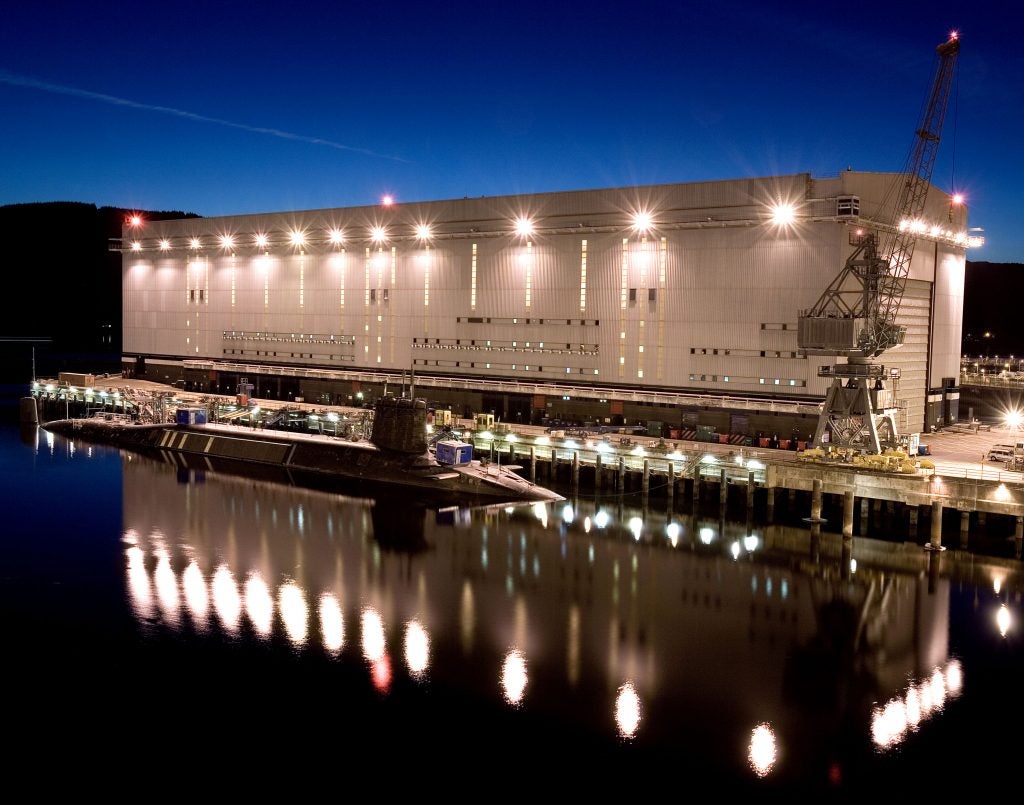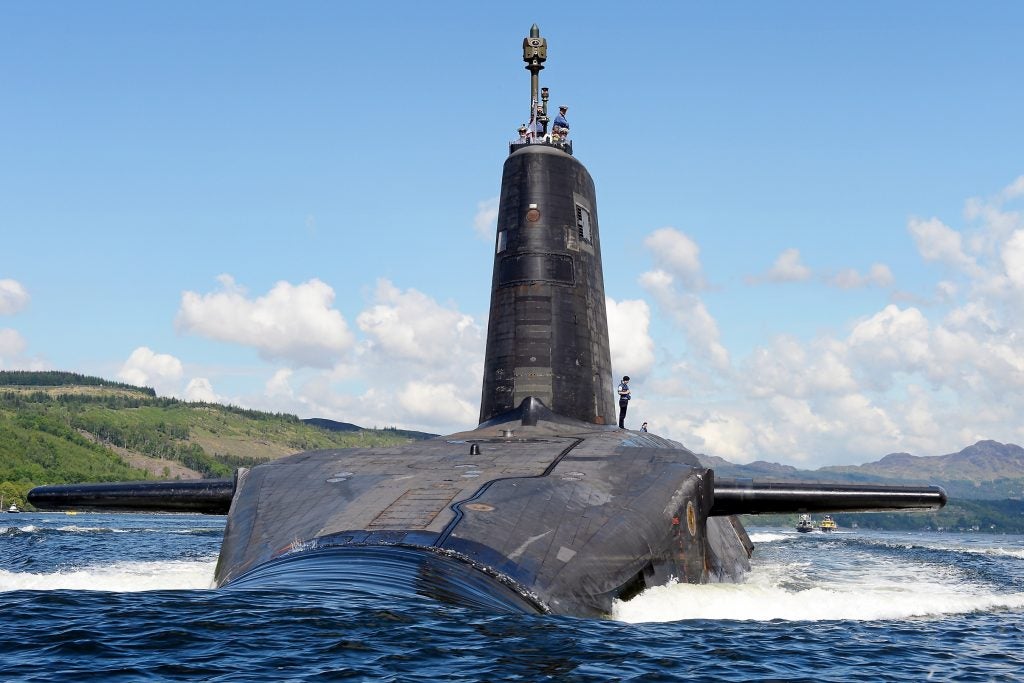UK Ministry of Defence Overspending on Nuclear Infrastructure Projects
The National Audit Office (NAO) has recently published a critical report of the Ministry of Defence’s (MOD) poor performance relating to their management of spending on infrastructure refurbishment projects relating to the Trident nuclear deterrent.
The three projects are already in progress and have a combined funding projection of £2.5 billion at the time of the report, despite originally being planned to only spend £1.15 billion. This is in addition to delays of between 1.7 and 6.3 years across the projects.
Whilst there are numerous defence infrastructure projects, these three represent significant investment for the controversial nuclear deterrent, all managed by the Submarine Delivery Authority. The sites chosen for study were: the warhead assembly and disassembly facility at Burghfield, the reactor core production facility at Derby, and the submarine production facility at Barrow-in-Furness. These locations are managed by private contractors: AWE plc, Rolls-Royce and BAE Systems respectively.

Whilst many may be quick to accuse these private organisations of profiteering from public spending and the large sums allocated to the nuclear deterrent, the report highlights the weaknesses of the MOD’s commercial and project officers in managing the contractors and allowing cost overruns to take place, as well as re-scoping work well into the schemes.
These sites are unique in what they do and produce in the UK; however, the NAO identifies that there were opportunities to learn lessons from previous large infrastructure projects as well as similar activities overseas. The MOD responded to the report by demonstrating that much of the work is now complete and they have made improvements in how they undertake this type of project in the future.
The annual cost of Trident is 6% of the defence budget at £2.6 billion. These projects are just 24% of the £4.9 billion investment in defence nuclear infrastructure initially forecast.

